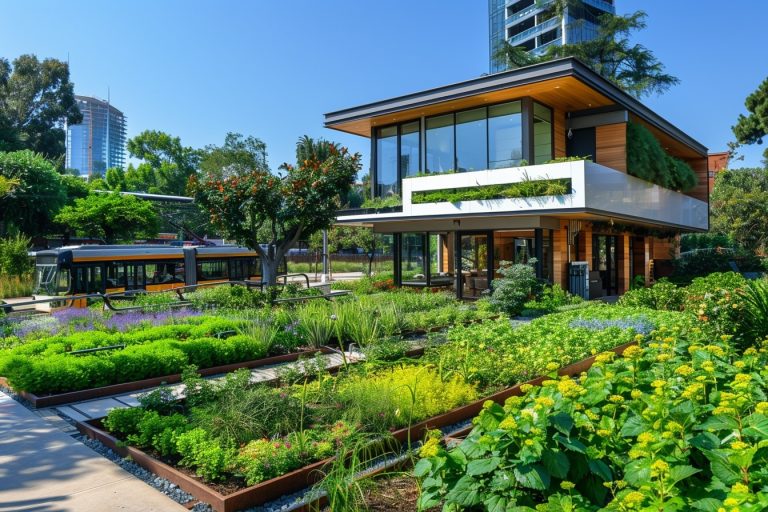Maximizing energy efficiency in your auto dealership building not only reduces operational costs but also demonstrates a commitment to sustainability. With advancements in technology and building practices, achieving energy efficiency has become more feasible than ever. Elevate your brand with NJ Professional Auto Showroom Design, tailored to reflect your dealership’s identity.
Strategic Building Design:
Start by incorporating energy-efficient design principles into the planning phase of your dealership building. Utilize passive design strategies such as proper orientation, natural daylighting, and shading to minimize the need for artificial lighting and heating. Additionally, invest in high-performance building envelope materials and insulation to reduce heat transfer and improve overall thermal comfort.
Energy-Efficient Lighting:
Lighting accounts for a significant portion of energy consumption in commercial buildings. Opt for energy-efficient lighting fixtures such as LED bulbs, which consume less energy and have a longer lifespan compared to traditional incandescent or fluorescent lighting. Implement lighting controls such as motion sensors and timers to optimize lighting usage in different areas of the dealership, further reducing energy waste.

HVAC System Optimization:
Heating, ventilation, and air conditioning (HVAC) systems play a crucial role in maintaining indoor comfort levels. Choose energy-efficient HVAC equipment with high Seasonal Energy Efficiency Ratio (SEER) ratings and invest in regular maintenance to ensure optimal performance. Consider implementing zoning systems to control temperature settings in different areas of the building independently, minimizing energy usage when spaces are unoccupied.
Energy Management Systems (EMS):
Deploying an EMS allows you to monitor, control, and optimize energy usage in real-time. These systems enable you to track energy consumption patterns, identify areas of inefficiency, and implement automated adjustments to HVAC settings and lighting schedules. By leveraging EMS technology, you can significantly reduce energy waste and enhance operational efficiency in your auto dealership building.
Renewable Energy Integration:
Harnessing renewable energy sources such as solar photovoltaic (PV) panels can further enhance the energy efficiency of your dealership building. Install solar panels on the rooftop or parking lot canopy to generate clean, sustainable electricity to power lighting, HVAC systems, and other electrical appliances. Investing in renewable energy not only reduces utility costs but also demonstrates a commitment to environmental stewardship.
Maximizing energy efficiency in your auto dealership building is essential for reducing operating expenses, minimizing environmental impact, and enhancing overall sustainability. By incorporating energy-efficient design principles, upgrading lighting and HVAC systems, implementing energy management systems, integrating renewable energy sources, and fostering employee and customer engagement, you can create a greener, more efficient dealership environment. NJ Professional Auto Showroom Design who create captivating spaces for showcasing vehicles.







